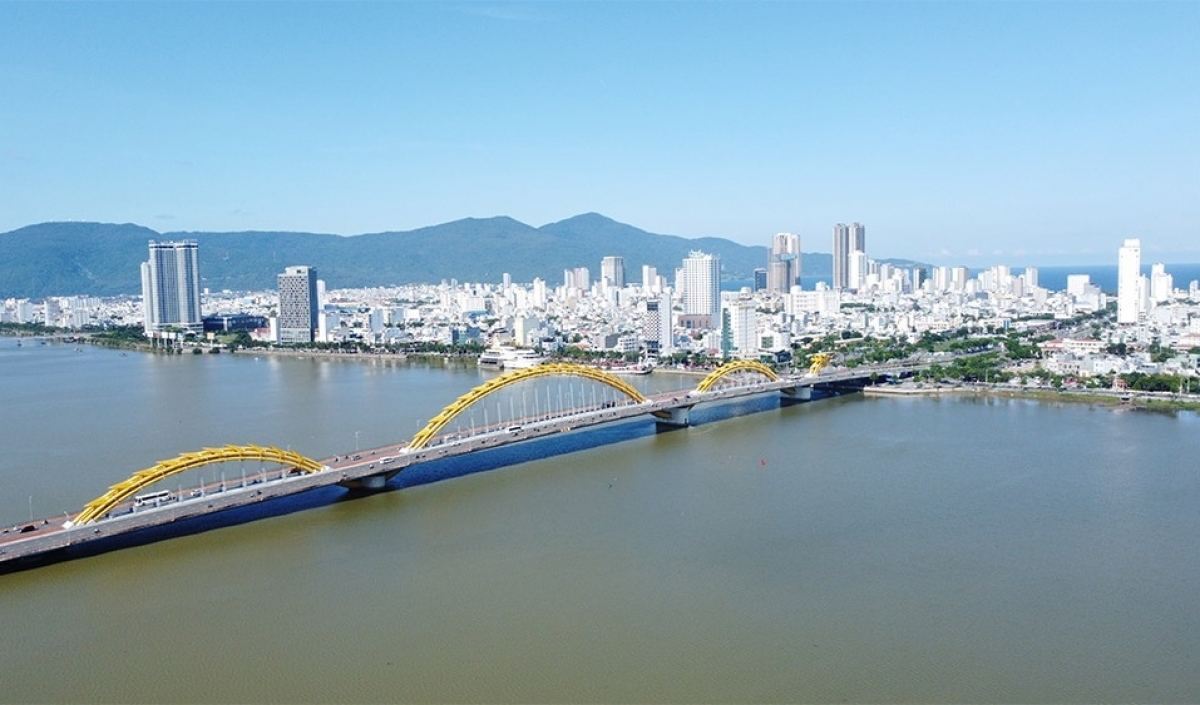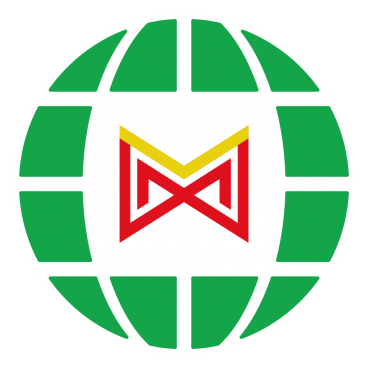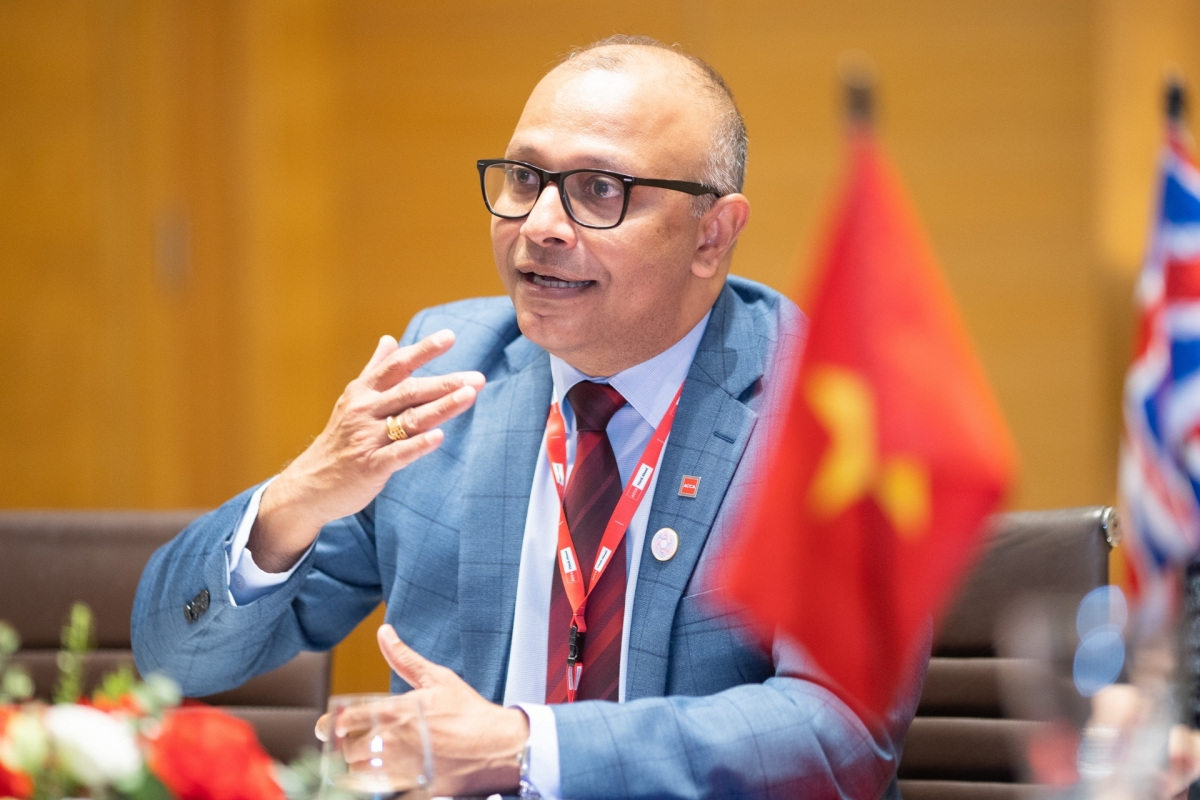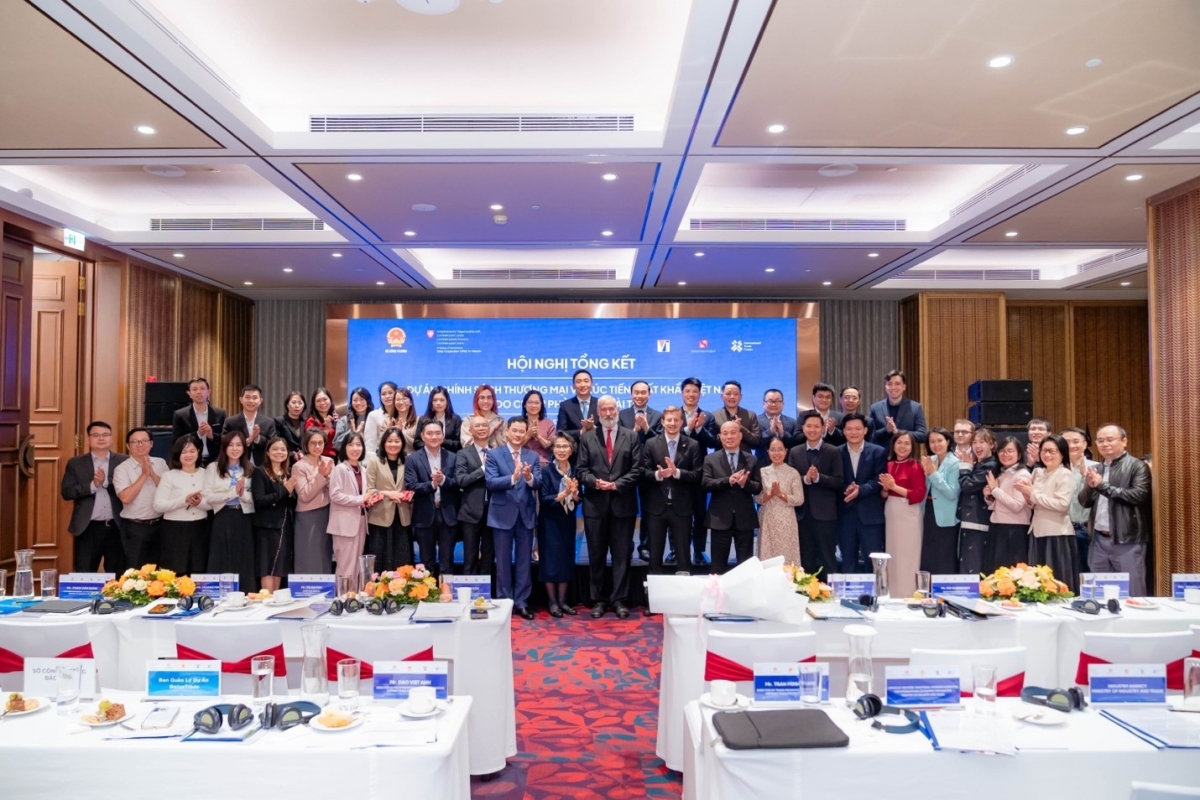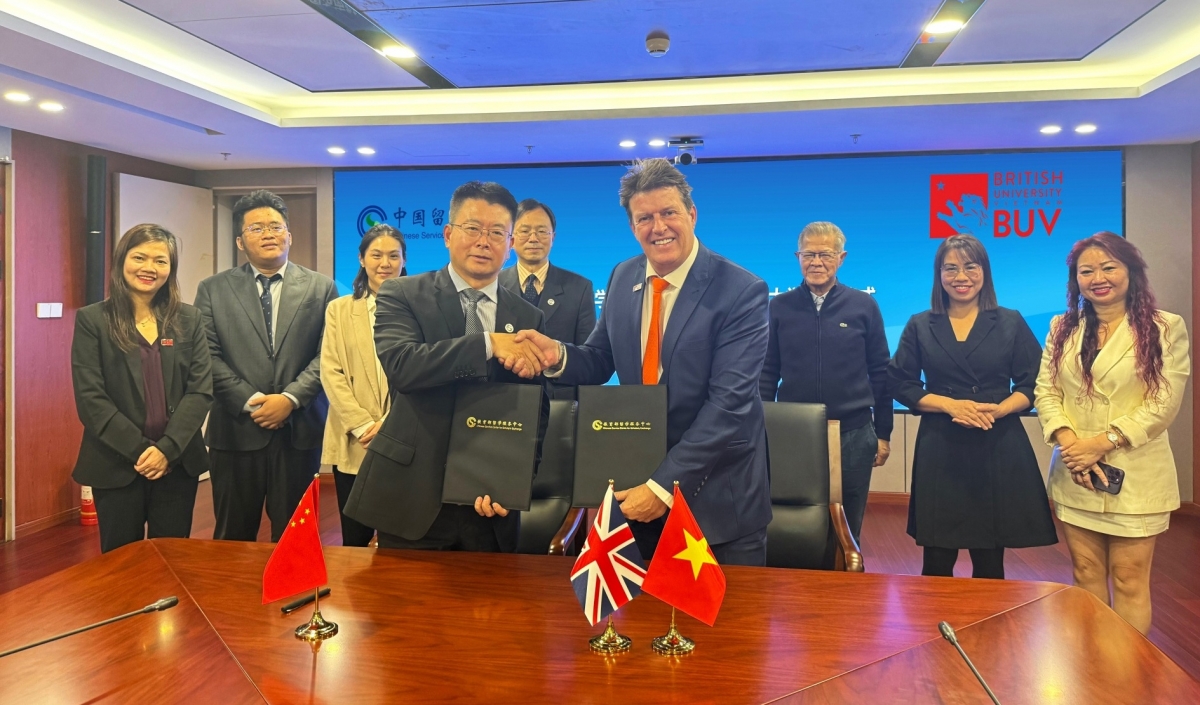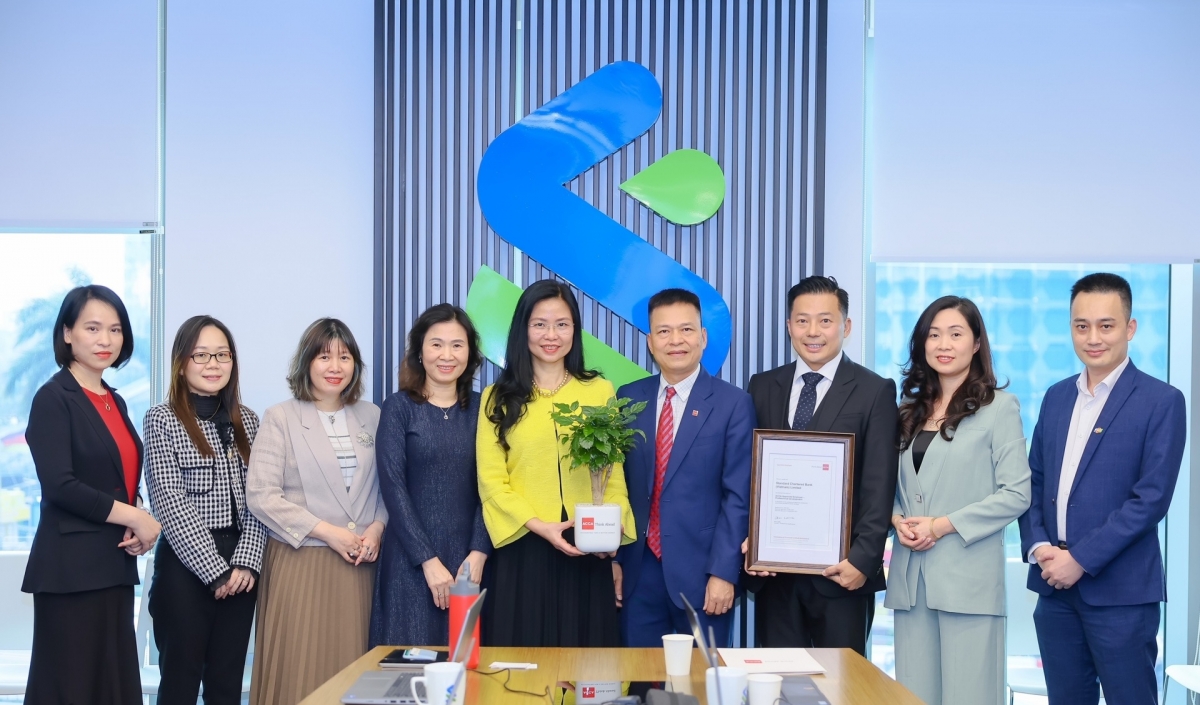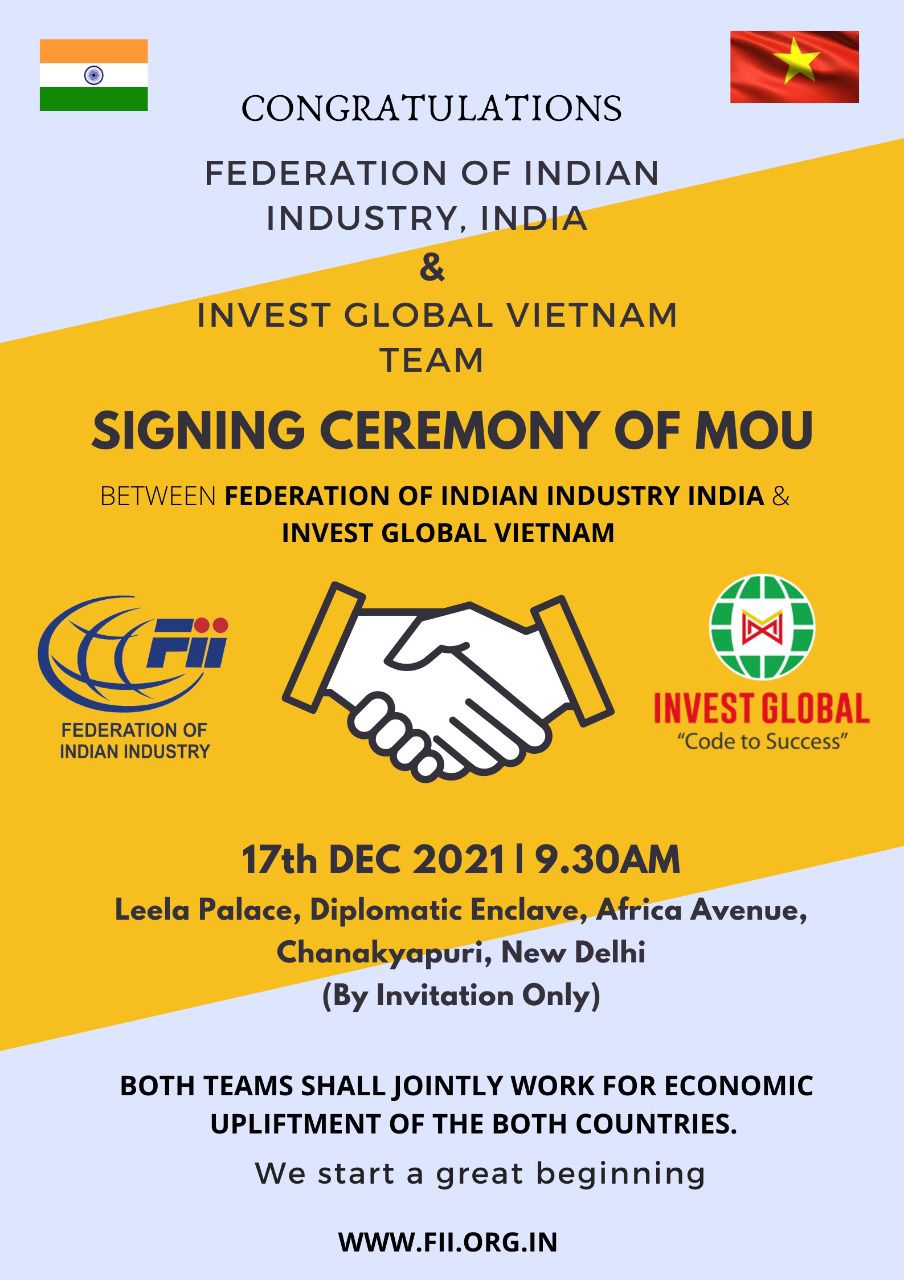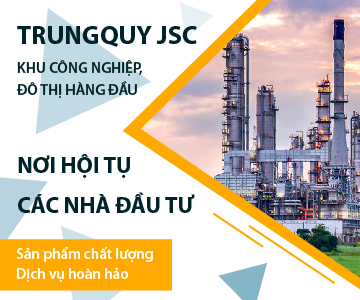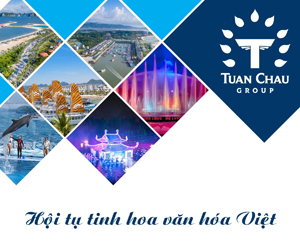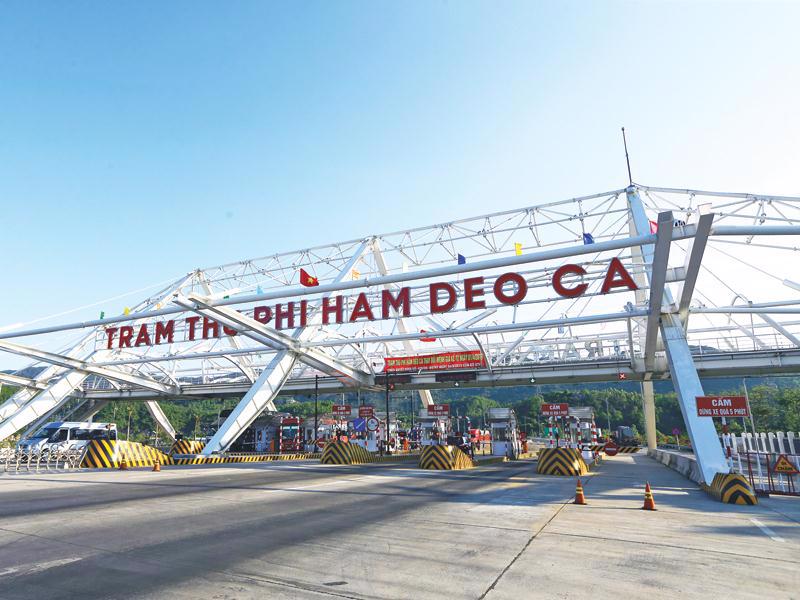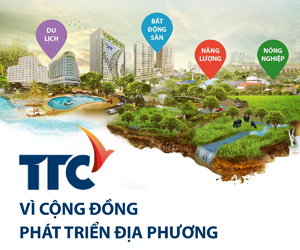INTERNATIONAL INVESTMENT
AND PORTAL
While the US is not among the largest investors in Vietnam, American companies have driven new foreign investment flows into the country, particularly as they diversify their supply chains and relocate the manufacturing operations of their suppliers to Vietnam.
 Nguyen Viet Ha, managing director BowerGroupAsia Vietnam
Nguyen Viet Ha, managing director BowerGroupAsia Vietnam
Despite the challenges that lie ahead, the future of US investment in Vietnam looks promising, underpinned by Vietnam’s impressive economic growth and its strong political commitment to fostering its partnership with the US.
The normalisation of diplomatic relations between the US and Vietnam in 1995 marked a pivotal milestone, paving the way for economic engagement. Initially, trade relations were the focal point, but investment soon followed as both nations began to recognise the potential for mutual benefit.
In these early years, Vietnam’s strategic location, young and hard-working labour force, and evolving market-oriented reforms under economic reforms in the 1980s were critical factors that attracted US investors. Although challenges such as underdeveloped infrastructure and regulatory uncertainties existed, the foundation for future engagement was firmly established.
The US-Vietnam Bilateral Trade Agreement of 2001 played a crucial role in facilitating US investment in Vietnam and paved the way for Vietnam to access to the World Trade Organization in 2007. These agreements were the turning points that cemented Vietnam’s status as an attractive destination for foreign investment.
As Vietnam’s economy matured and its policy environment became increasingly conducive to foreign investment, US investments diversified into a wider array of industries. The early 2000s saw a significant influx of US capital into sectors such as technology, energy, healthcare, and finance. High-profile companies like Intel, General Electric, and Citibank made substantial commitments to the Vietnamese market, each bringing expertise, technology, and global best practices.
The tech sector has been a standout success story. Intel’s $1 billion investment in its Ho Chi Minh City facility in 2006 underscored the potential of Vietnam as a hub for high-tech manufacturing. Similarly, collaborations in renewables have showcased Vietnam’s commitment to sustainability, with US firms taking the lead in providing cutting-edge solutions.
US investments have brought benefits beyond normal economic values. Although the US ranks 11th among investors in Vietnam, US companies are key drivers of foreign investments into the country over the past years. Specifically, the diversification of supply chains by major US global brands has brought fresh investments into Vietnam’s export-oriented manufacturing hubs.
Beyond direct capital inflows, these companies have introduced advanced technologies, enhanced workforce skills, and fostered innovation. The involvement of US firms has elevated Vietnam’s position in global value chains, particularly in manufacturing, technology, and agricultural exports.
Moreover, besides investment activities, US companies have actively participated in community support and social activities, creating a ripple effect on Vietnam’s development. They have contributed to protecting the environment, improved public health, and advanced training and educational opportunities, aligning with Vietnam’s long-term development goals.
While the progress has been significant, US investments in Vietnam have not been without challenges. Regulatory complexities, inconsistent enforcement of policies, and limitations in infrastructure have occasionally posed hurdles for foreign investors, including those from the US. Furthermore, navigating cultural and operational differences requires ongoing adaptation.
The future of American investment in Vietnam appears promising. Several factors that contribute to this optimism include the Vietnam’s impressive economic growth and stability, strong commitments to digital transformation and commitments in green growth, and political will to strengthen the bilateral economic ties between the two countries.
To capitalise on these opportunities, both governments and the US business community must work collaboratively. Continued dialogue on trade and investment policies, improvements in transparency, and alignment with global standards will further enhance the investment climate. Educational and cultural exchanges can also deepen mutual understanding and create stronger bonds between the two nations.
The journey of 30 years of US investment in Vietnam is a testament to the transformative power of economic collaboration. From its modest beginnings to its current diverse portfolio, US investment has contributed significantly to Vietnam’s development while creating value for American businesses. The prospects for the future are even more exciting, with opportunities for growth in digital innovation, green energy, and strengthened economic ties.
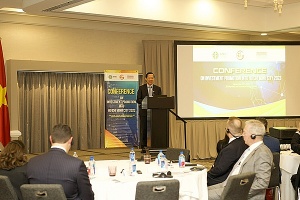 Ho Chi Minh City seeks US investment in green and high-tech sectors
Ho Chi Minh City seeks US investment in green and high-tech sectors
Chairman of Ho Chi Minh City People's Committee Phan Van Mai has invited US corporations to invest in the sustainable and high-tech sectors, aligning with the city's green growth strategy for 2030 and beyond to 2050.
 Vietnam ready to ride US investment wave
Vietnam ready to ride US investment wave
Vietnam is on the verge of seeing a massive influx of investments from the US, and stands ready to welcome the wave.
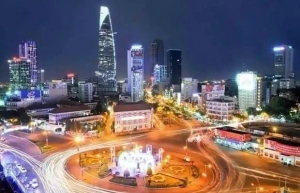 HCM City set to welcome fresh wave of US investment
HCM City set to welcome fresh wave of US investment
Ho Chi Minh City is poised to attract a new wave of investment from US enterprises, with numerous projects proposed in key sectors.
